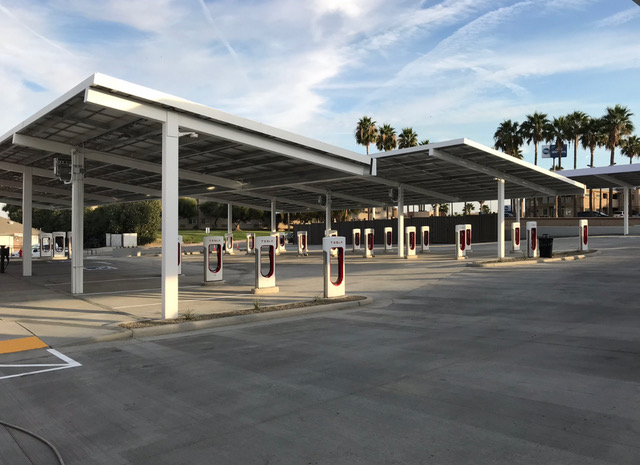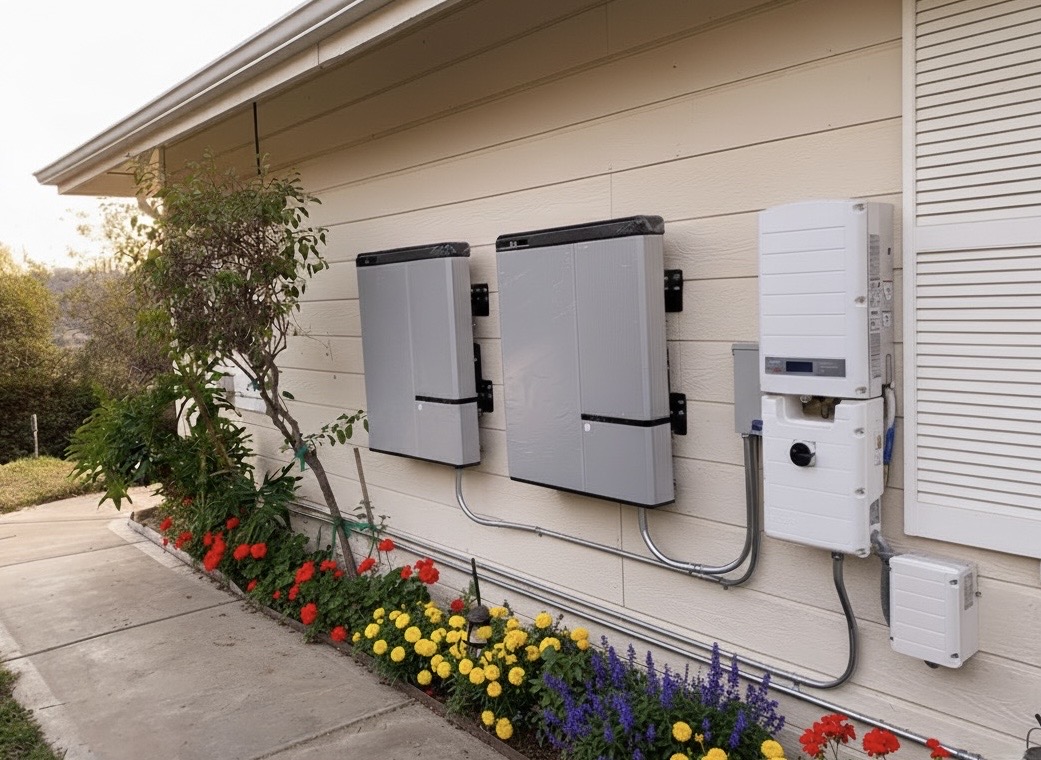Commercial Backup Generator Installation in Venice
Keep your Venice storefront, restaurant, studio, or mixed-use building operating through outages with a properly engineered commercial backup generator. From Abbot Kinney Boulevard to Windward Circle and along the Ocean Front Walk, the pace of business doesn't stop for a flicker. Shaffer Construction, Inc. designs and installs code-compliant standby power systems that withstand coastal conditions and protect critical operations. We handle everything—load studies, sizing, placement, permitting with LADBS, and final commissioning—so you can focus on your customers. Our Venice-focused approach accounts for salt air, tight lots, and noise rules, delivering reliable power with minimal disruption and a clean, professional finish.
Our Work



Benefits
Modern, Future-Proof Solutions
We design standby systems that scale with your business. From 20–150 kW generators for Venice storefronts to paralleled sets for larger mixed-use buildings, we integrate UL 1008 ATS with load-shed modules, remote monitoring, and building management interfaces (Modbus/BACnet). Cellular-connected controllers provide alerts, trend data, and test reports. Coastal-grade, sound-attenuated enclosures and corrosion-resistant raceways make the system durable. As your load grows—e.g., adding refrigeration, servers, or EV chargers—your standby system can expand without rework.
Permits and Code Compliance
Shaffer Construction manages permitting end-to-end: LADBS plan check, Coastal Zone considerations, SCAQMD Rule 1470 compliance for emergency engines, and LAFD coordination for fuel storage. Our designs follow the California Electrical Code (NEC Articles 700/701/702), NFPA 110 for emergency/standby systems, and UL 2200 generator and UL 1008 ATS standards. We also help you meet Los Angeles Municipal Code noise limits and provide stamped structural anchorage details to satisfy seismic requirements under the CBC/ASCE 7.
Expert Installation Guaranteed
We build with copper THHN/THWN-2 conductors in rigid galvanized steel conduit for durability, 316 stainless hardware in marine zones, epoxy-coated anchor bolts, and NEMA 3R/4X coastal enclosures. Concrete pads are designed to 3,000–4,000 psi with engineered seismic anchorage and vibration isolation. We specify quiet, sound-attenuated housings and UL 1008 ATS with bypass/isolation for service continuity. Commissioning includes insulation resistance testing, torque verification, and load bank runs to validate performance under real load.
Customized Power Planning
Every Venice property is different. We start with a detailed site walk and data-logger load study, then develop a one-line diagram and equipment schedule tailored to your essential operations—refrigeration, IT, emergency egress, elevators, or full-building coverage. We evaluate roof versus grade placement, gas versus diesel, runtime goals, and setback/noise constraints. Our team prepares drawings, structural calcs, and a permitting package that addresses Coastal Zone, alley access, and aesthetic concerns common along Abbot Kinney, the Canals, and Ocean Front Walk.
What We Offer
Frequently Asked Questions
What size generator do Venice retailers typically need?+
For small shops and cafés along Abbot Kinney or Rose Avenue, 20–60 kW often covers refrigeration, POS, lighting, and limited HVAC. Larger restaurants, galleries with climate control, or mixed-use buildings may require 80–150 kW or more. We verify with a load study—often using a temporary logger for a week to capture true peak loads—before final sizing.
Can I install a generator on the roof near the beach?+
Yes, roof placement is common in Venice where lot lines are tight. We evaluate structural capacity, crane access, setbacks, and noise. Coastal-grade enclosures, stainless hardware, and sealed raceways combat salt air. Structural anchorage is engineered for seismic and wind. We also confirm roof height limits and visibility concerns, especially in the Coastal Zone.
Is natural gas or diesel better for my Venice property?+
Natural gas is popular for Venice businesses due to unlimited runtime and no on-site fuel storage. Diesel can provide higher power density and may be preferred for certain life-safety applications, but it requires a day tank, containment, LAFD review, and SCAQMD permits. We compare options based on load profile, runtime needs, and site constraints.
How long does permitting take in the Venice Coastal Zone?+
Standard LADBS permits run about 2–4 weeks. If your project falls within the Venice Coastal Zone and requires a Coastal Development Permit, additional review through Los Angeles City Planning may extend that timeline. Diesel systems can also add SCAQMD and LAFD steps. We front-load documentation to streamline reviews and keep installation on schedule.
Will a generator power my entire building or just critical circuits?+
It depends on your goals and budget. Many Venice businesses choose a critical-load ATS panel for POS, refrigeration, lighting, IT, and security to control costs. Full-building systems are feasible with a larger generator and service-entrance-rated ATS. We’ll model both options with costs and performance trade-offs so you can decide confidently.
What about noise and neighbors near the Canals or Boardwalk?+
We specify sound-attenuated enclosures, strategic placement, and vibration isolation to meet LAMC noise limits. We can add acoustic barriers and program weekly exercise tests during off-hours. For sensitive locations near the Canals or dense Boardwalk areas, we’ll perform a site-specific noise strategy to keep you compliant and considerate of neighbors.
Ready to Get Started?
Contact us today for a free consultation and quote on your electrical project!
Contact Us